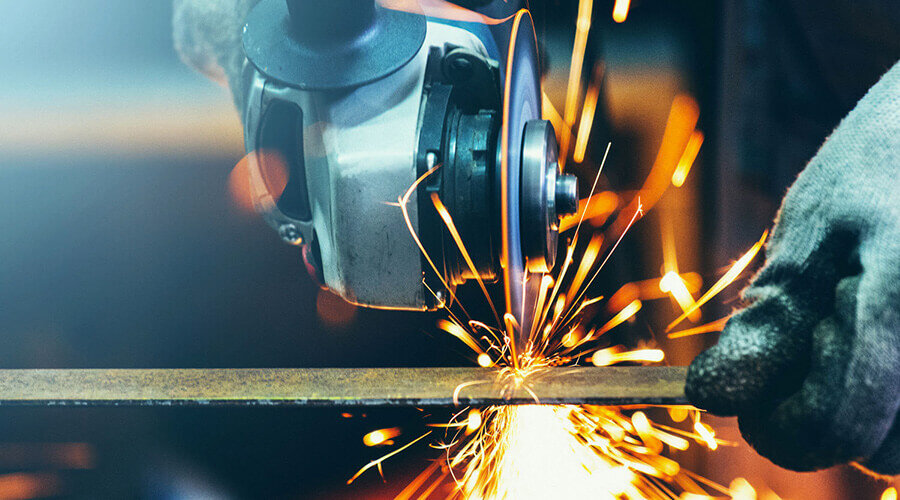
3 ways to cut hardmetal try to explain how cut the hardest and most resistant materials in the world. Indeed, only a few materials manage to get through it, one of which being diamond. Ranked at the top the Mohs scale, diamond is the hardest material in existence.

Consequently, the only suitable material for cutting hardmetal is diamond. Hence why grinding wheels and cutting discs are produced with natural or synthetic diamond.
How to cut hardmetal with diamond discs? There are different types of cutting discs on the market. The substantial differences arise mainly from the different diamond transfer techniques.
Electrodeposited Diamond: these cheap and very aggressive discs have a limited duration.
Metal-bonded discs: these differ from the prior as the diamond is distributed in a metal matrix, usually based on copper and applied on a steel body. They have an excellent cutting capacity and long life.
Resinoid-bonded discs: constructively similar to the previous type of discs, here the diamond is dispersed in a binder-resin of polyurethane, phenolic, epoxy, etc. They offer excellent cutting capacity and optimal surface finishing.
EDM is a processing technology that uses the erosive properties of electrical discharges to cut hardmetal. It can only be used on good conductors, essentially metals.
There are two types of EDM:
Wire EDM cuts a contour using a metal wire (electrode). Extrusion dies are very commonly machined using the wire method. In the machining area, each discharge creates a hole in the piece and an impact on the wire, which in turn is gradually worn away. The wire can be presented at an angle, thus allowing the pieces to be cut with differing profiles in their upper and lower parts. The very thick wire is coated in copper or brass and has a diameter of between 0.02 and 0.33 mm. This wire is continuously changed throughout processing given that, being subjected to continuous discharges, it could break.
Die-sinking EDM works the piece so that it takes on a shape that is the mirror reversal of that of the electrode. This procedure involves the construction of an electrode in negative form with respect to the desired shape to be obtained by machining, thus achieving the required positive shape with the EDM process.
Drilling, on the other hand, requires a specific micro-drilling plunging machine.
In this application, a tube is used as an electrode to drill out the piece. Generally, the tubes are small in diameter, given that the dielectric necessary to remove the offcuts from the base of the hole is pumped through them.
Involving the use of integral inserts in PCD (Polycrystalline Diamond), this system is only used for specific applications. In this case, the degree of the hardmetal to be worked must be rather tough and have low hardness. A typical case is the processing of hardmetal dies for die-casting. In fact, the degree of hardmetal to be worked is usually a “G”, meaning a high percentage of cobalt and thus a low level of hardness.
Further details
[1] Harry C. Moser, “When Should You EDM?” Charmilles Technologies Corporation
and Mikron, Lincolnshire, IL.
[2] Carl Sommer, “Understanding the Wire EDM Process,” taken from the Nontraditional
Machining Handbook, Tooling & Production, November 1999.
[3] Wear resistant CVD diamond tools for turning of sintered hardmetals M. Belmonte, P. Ferro, A.J.S. Fernandes, F.M. Costa, J. Sacramento, R.F. Silva